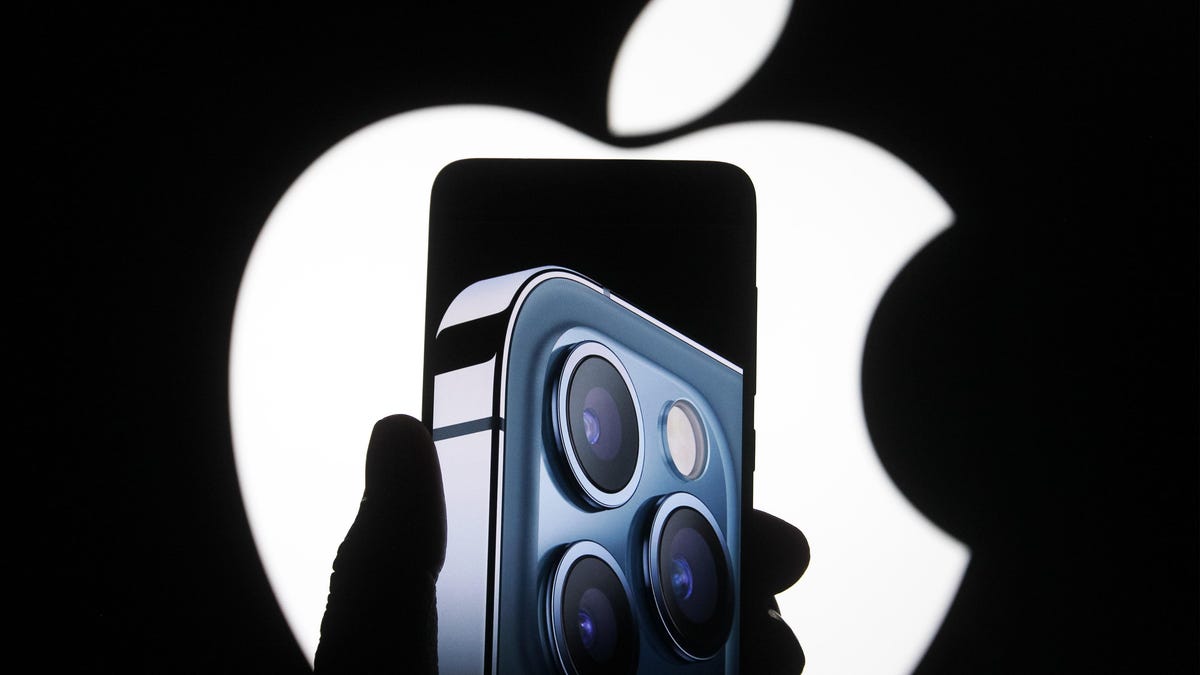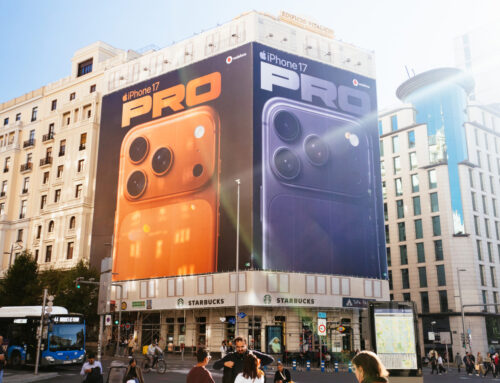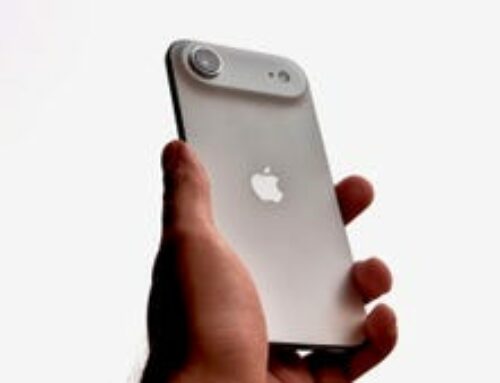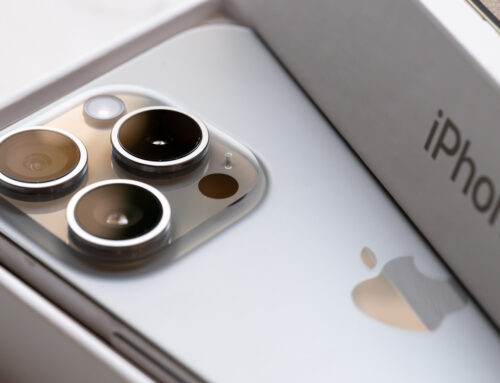Apple’s iOS 15.2 is finally here, along with important security updates and brilliant new iPhone privacy features. The best new iPhone feature that’s arrived in iOS 15.2, in my opinion, is the long-awaited App Privacy Report.
Officially launched with iOS 15 in the Fall, the App Privacy Report was previously unreadable. That’s changed in iOS 15.2—you can now access an easy to read report showing which apps have been accessing which permissions, as well as revealing the apps that are tracking you on your iPhone.
IOS 15.2’s App Privacy Report builds on the now infamous App Tracking Transparency feature, which gives you the ability to control who can track you across websites and other apps. It’s also similar to the Privacy Labels launched in iOS 14, which show the data iPhone apps collect so you can decide whether downloading them is worth the trade-off.
One of the really cool things about the App Privacy Report launched in iOS 15.2 is that it gives you the opportunity to revoke any permissions apps don’t need. It’s fair to say that if a weather app keeps accessing your iPhone’s camera, it’s a good idea to either delete the app or revoke the permission straight away.
How to find and use the iOS 15.2 App Privacy Report
So you’re probably keen to see your report as soon as possible. The first step is simple: If you haven’t already, download and install iOS 15.2 via your Settings > General > Software Update and follow the instructions.
Once you’re using iOS 15.2, go to Settings > Privacy and scroll right down to the bottom for the App Privacy Report. Select Turn on App Privacy Report.
You’ll then need to use your iPhone for a while as normal to accumulate enough data on the apps you are using to review.
iOS 15.2’s App Privacy Report explained
The top section in iOS 15.2’s App Privacy Report, Data and Sensor Access, shows the apps that have accessed iPhone permissions such as your camera, location or microphone and when they have been doing so.
As you can see from the screenshot, my Apple Mail app has been accessing my contacts, which is fine … [+] given that it needs to do so to allow me to send an email.
Apple iPhone
As you can see from the screenshot, my Mail app has been accessing my contacts, which is fine given that it needs to do so to allow me to send an email. The weather app is accessing my location, but I have granted it that permission to access the weather in my local area. So some permissions make sense, but if the Mail app was accessing my location, I’d be revoking that permission pretty sharpish.
The next section, App Network Activity, shows which domains an iPhone app has contacted and when. Apps contact domains to perform tasks such as delivering your emails or connecting you to other devices for video calls. Some domains contacted by an app may be necessary for it to perform its task, but apps can also send your data to ad networks to target advertising.
In the iOS 15.2 App Privacy Report, App Network Activity shows which domains an iPhone app has … [+] contacted and when.
Apple iPhone
Meanwhile, Website Network Activity shows the domains contacted by websites you have visited via your web browser in an iPhone app. Lastly, Most Contacted Domains shows the domains contacted by all your apps and websites you went to in those apps.
Apple says iOS 15.2’s App Privacy Report highlights domains contacted by multiple apps because these could be collecting your data and combining it to create a profile to target you with ads. You might find when looking in this section—as I did—that many of the domains are linked to Google.
Why you should use the iOS 15.2 App privacy report
What are you waiting for? Apple’s iOS 15.2 comes with great new iPhone features such as the ability to hide your email directly from the Mail app, as well as updates to Find My to identify devices that may be tracking you.
It’s got iPhone security upgrades too, so factor in the brilliant App Privacy Report and updating to iOS 15.2 really is a no-brainer. It’s super easy to use, and revoking permissions and deleting apps will hugely improve your iPhone privacy.







